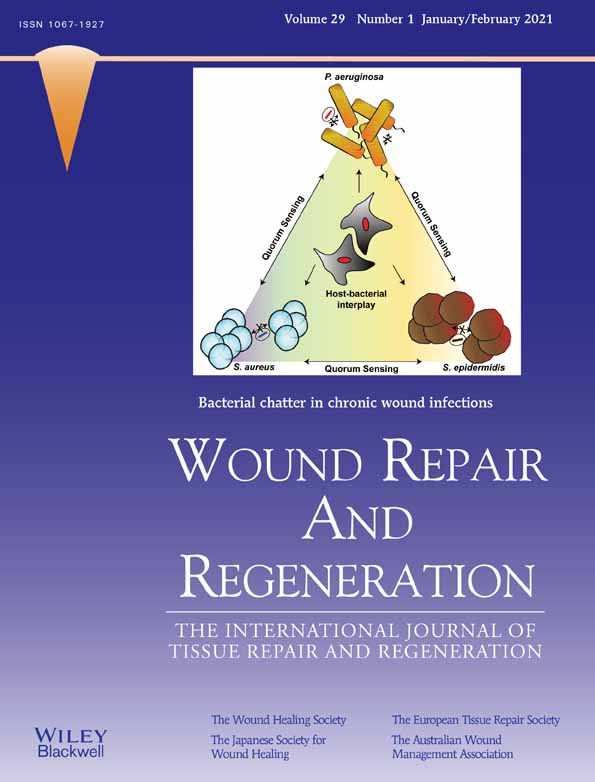Evidence supporting wound care end points relevant to clinical practice and patients' lives. Part 3: The Patient Survey
Abstract
The 2006 U.S. Food and Drug Administration Guidance for Industry emphasizes wound closure as the primary outcome for clinical trials in wound healing. Wound care professionals understand that complete wound healing is not always achievable when evaluating new treatments. FDA, Association for the Advancement of Wound Care, and Wound Healing Society are working collaboratively to identify scientifically achievable, clinically relevant, and patient-centered endpoints with sufficient support to serve as primary outcomes for clinical trials. The Opinion Survey from People with Wounds presented here addresses an important but understudied issue: the gap between clinician, healthcare insurance companies, government agencies, and patient perspectives regarding clinically meaningful and scientifically achievable primary endpoints for wound care. The survey, adapted from the clinician survey with adjustment for health literacy, was pilot tested and revised based on a limited number of patients in a single clinic. After central IRB approval, the on-line survey was administered in English and Spanish and submitted anonymously to a server with the cooperation of multiple wound clinics and societies. Four hundred and thirty-eight patients and caregivers from across the United States responded over a 10-month period. Based on this survey, the most valuable clinical endpoints were reduced infection, recurrence, and amputation. The most valuable quality of life outcomes were increased independence, reduced social isolation, and pain. The top five endpoints in terms of usefulness for measuring clinical trial success were time to heal, wound size, infection, recurrence, and pain. Narrative responses from wound patients emphasized the inability to perform activities of daily living and pain as major factors that impacted their daily lives. Engagement of patients in clinical trials and evaluation of potential treatments is critical to improving wound care. This survey provides insight into the needs of patients with wounds and provides a roadmap for structuring future clinical trials to better meet those needs.
CONFLICT OF INTEREST
The authors declare no potential conflict of interest..




